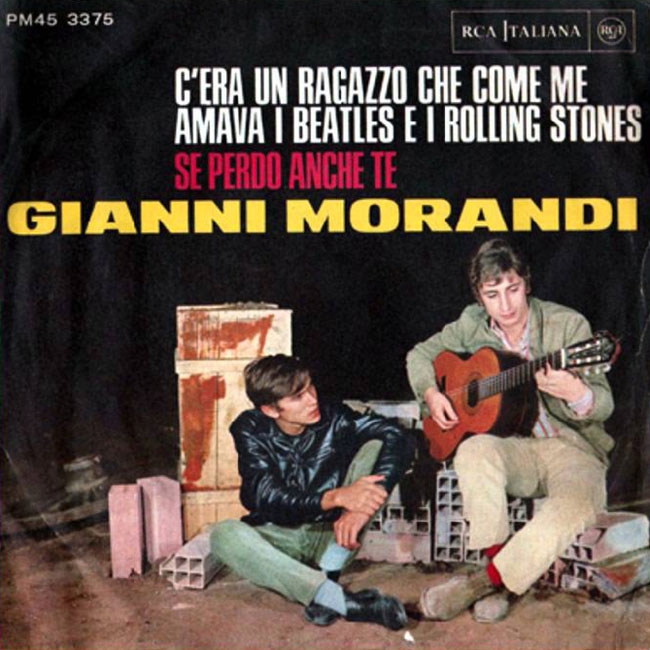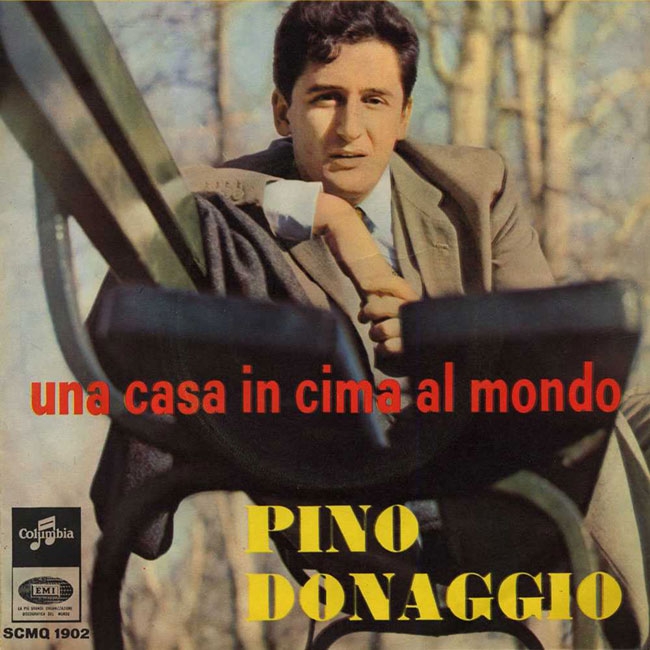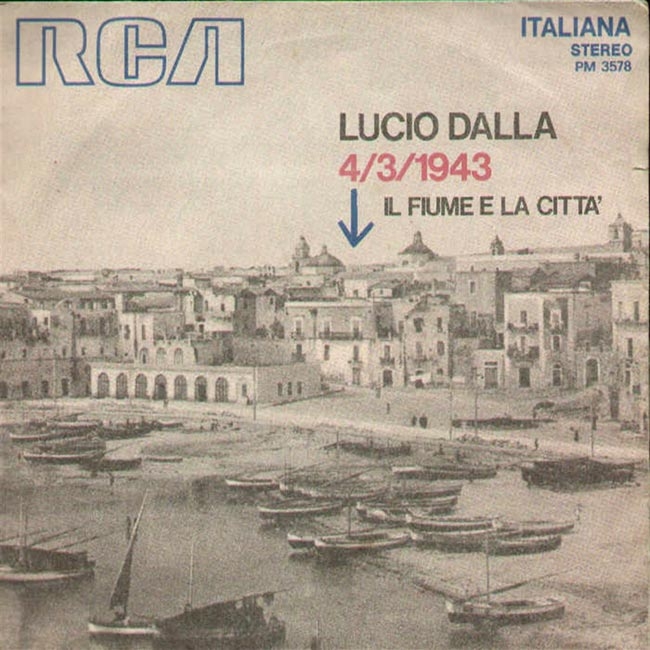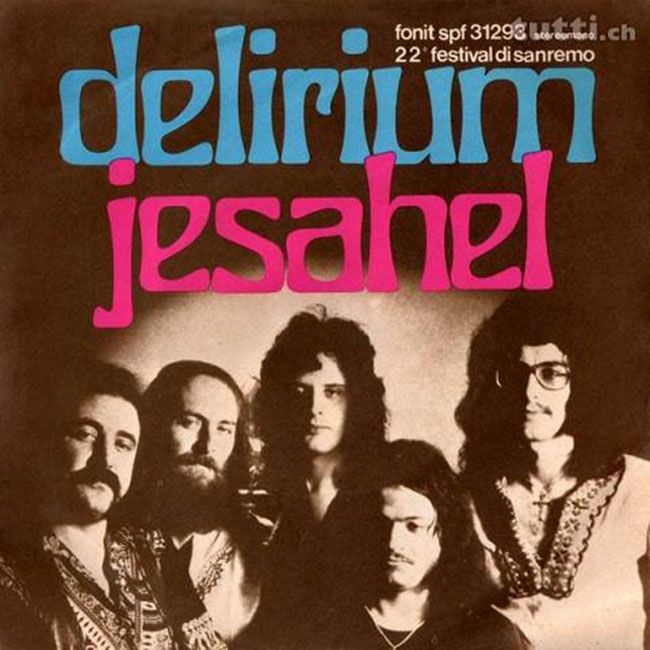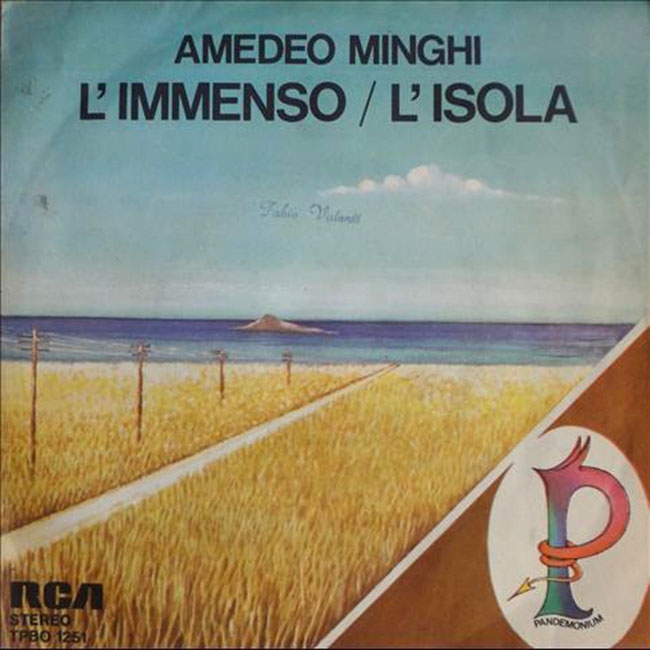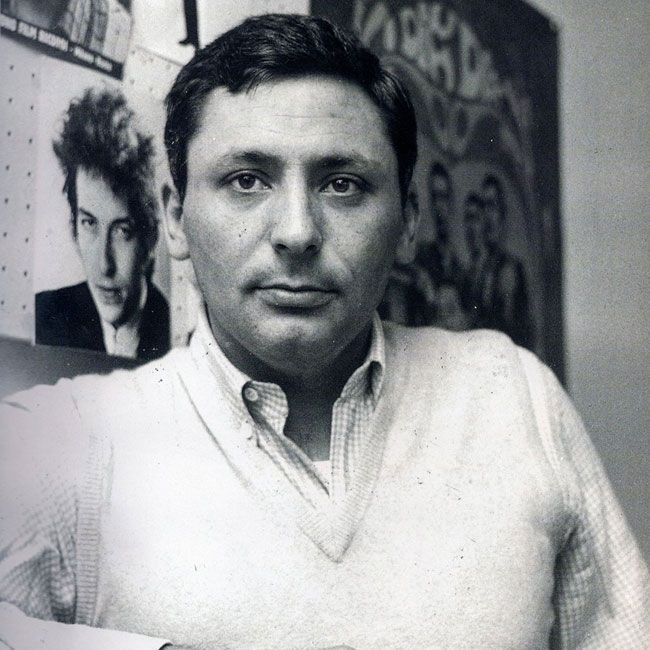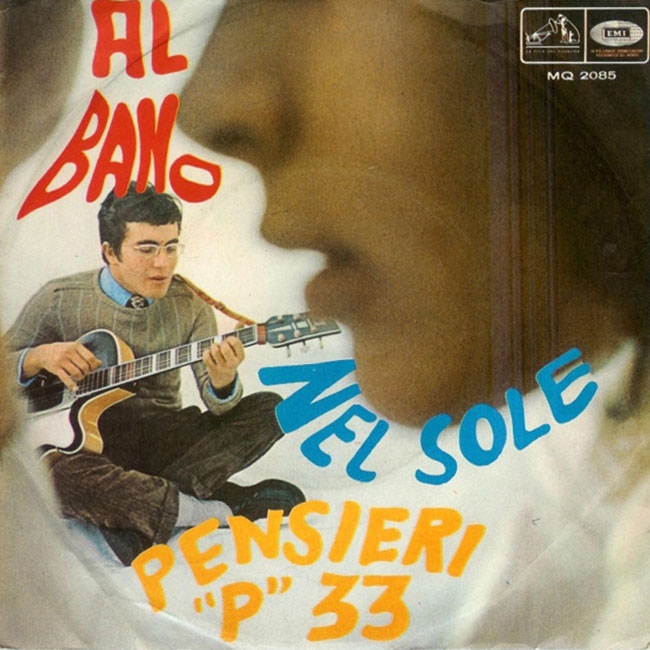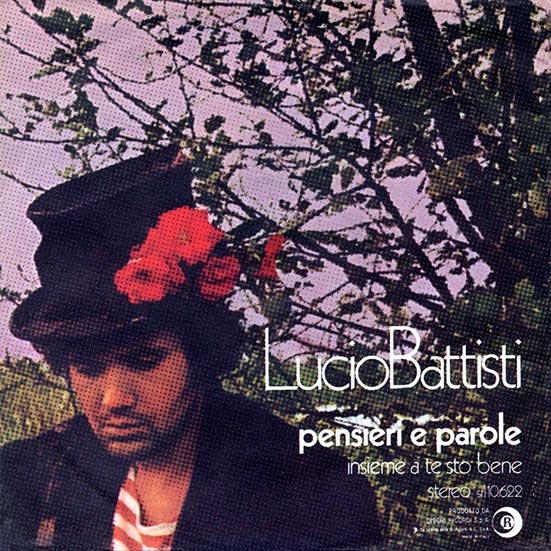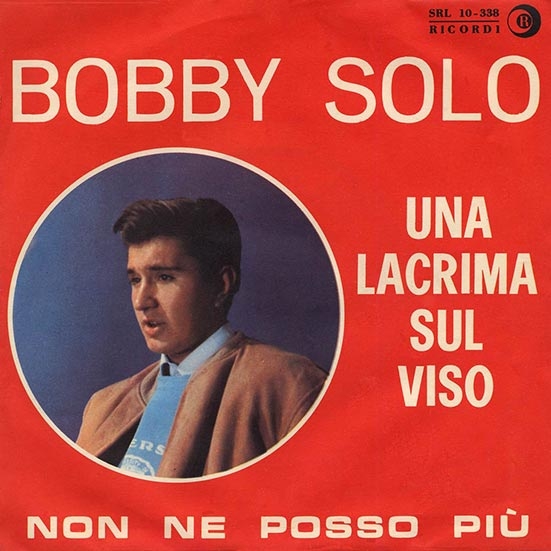
Saluti a Zena playlist
Greetings Zena
The Genoese song in dialect suddenly became popular with Fabrizio De André, starting with Creuza de ma (1984), an album sung entirely in dialect. This collection invites us to explore an earlier repertoire, which goes from the anonymous traditional melodies to the original “Brazilian” experiments of the early 1960s by the pair of authors, Giorgio Calabrese and Gian Franco Reverberi, and authentic performers such as Natalino Otto and Bruno Lauzi. In the middle stands the production of Mario Cappello, the voice of Genoa between the two wars, author of the city’s anthem Ma se ghe penso.
The song - the only one in Genoese to have made the leap into the national repertoire – talks about the Ligurian capital from the point of view of those who left it to seek their fortunes in America and the theme of emigration returns several times (Arrio, Saluta Zena), often presented with practicality and humour rather than the sentimentality of the great Neapolitan songs: the emigrant who arrives after many years to see his city and beloved again sends them to say “prepara dui raiô che se mangemu..."(prepare two ravioli for us to eat). The tears flow, however, when the object of nostalgia is the caruggi (alleys) in the historic centre, coveted from afar (Cansôn da Cheullia - the Casetta de Trastevere genovese) or le veggie carussette (old carriages) pulled by horses, which have now disappeared.
It comes as no surprise that many of these songs move to the rhythm of the tango, samba and bossa nova: these are the result of frequent exchanges on ocean liners en route to South America, a practice room for a twenty-year-old Reverberi, a vibraphonist on board the Olimpia, and a 16-year old Natalino, drummer on the Conte di Savoia. Many of the songs are interpreted by the choirs that even today in some taverns, mostly in the suburbs, keep a form of polyphonic singing with very ancient origins alive, similar to the Tuscan bei, and Sardinian tenores and tasgie. This is the trallallero, typical of Liguria. There is also a comic finale, with a sketch by Giuseppe Marzari, a very popular Genoese theatre (and film) actor, who recorded hundreds of 78s between the 1930s and 1960s.

